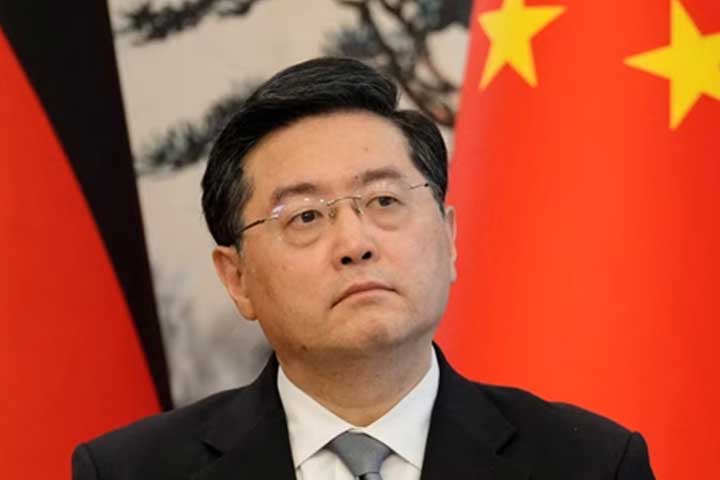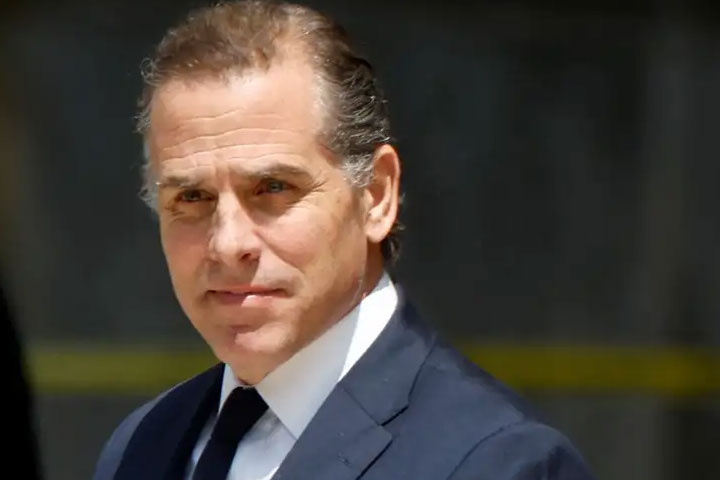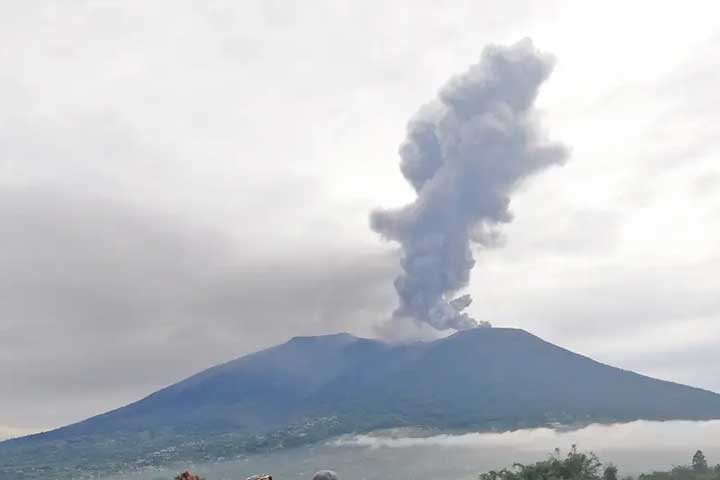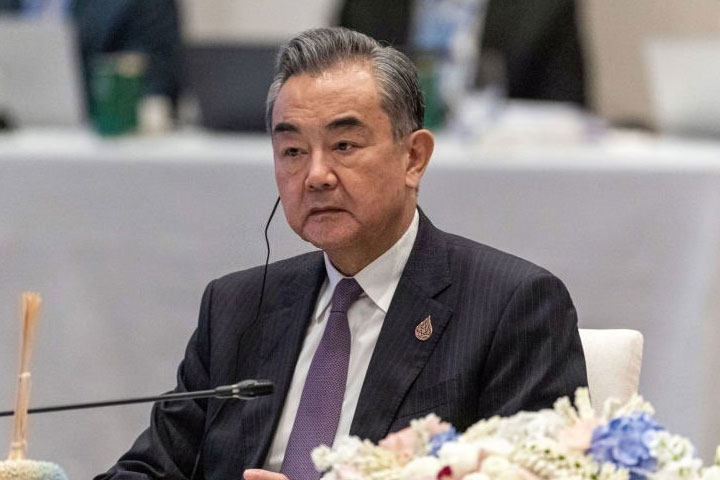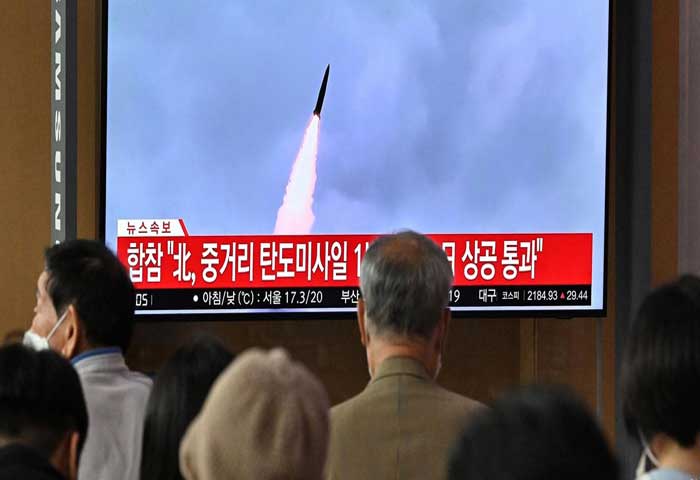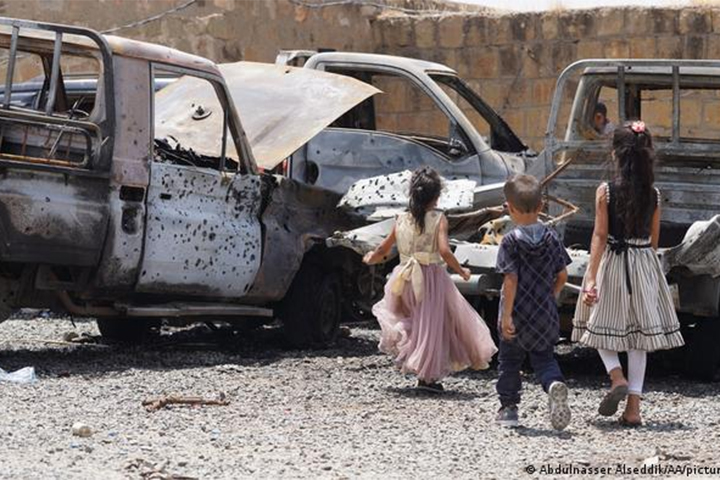Reports are emerging that China’s former Foreign Minister, Qin Gang, who was abruptly removed from his position in July, has passed away under mysterious circumstances. According to sources with alleged access to high-ranking Chinese officials, Qin’s death occurred in late July at a military hospital in Beijing, known for catering to the country’s top leaders.
The circumstances surrounding Qin’s demise are still unclear, with conflicting reports suggesting the possibility of either suicide or torture. The lack of transparency surrounding the incident is fueling speculation and raising questions about the true nature of his death.
Earlier this year, the Wall Street Journal had exposed an extramarital affair involving Qin during his tenure as China’s ambassador to the United States. The report also suggested that Qin was cooperating with an investigation focused on whether the affair or his conduct had compromised China’s national security.
Sources claim that an internal Communist Party investigation revealed Qin’s involvement in the affair throughout his ambassadorship, leading to the birth of a child in the United States. The revelation undoubtedly added a layer of complexity to the scandal, raising concerns about potential security breaches and diplomatic repercussions.
In July, Qin Gang was replaced by veteran diplomat Wang Yi as the foreign minister after a mysterious one-month absence from his duties, barely six months into his tenure. The sudden change in leadership further fueled speculations about the reasons behind Qin’s removal, leaving the public and international observers searching for answers.
Source: EPARDAFAS
- Dhaka Thu, 09 MAY 2024,

 Live Tv
Live Tv

